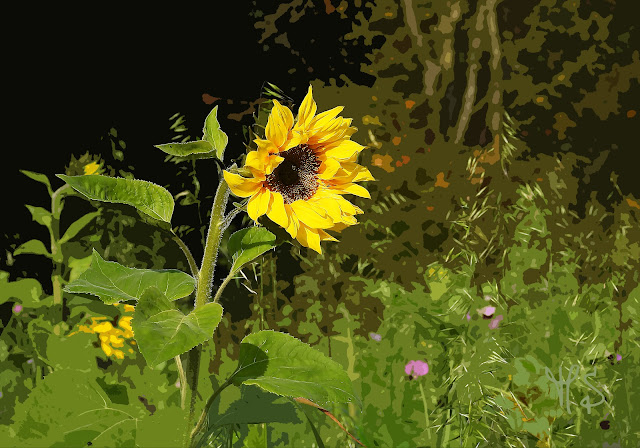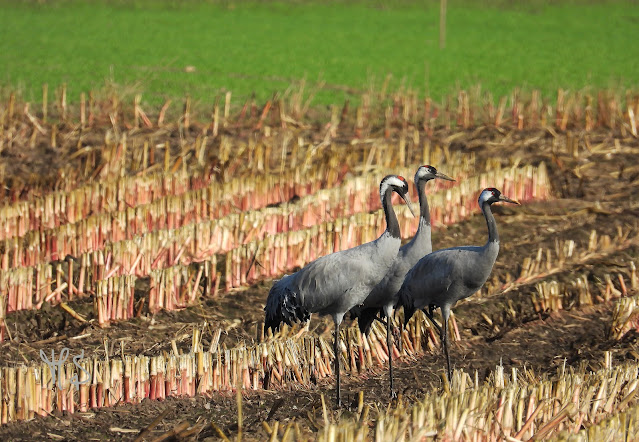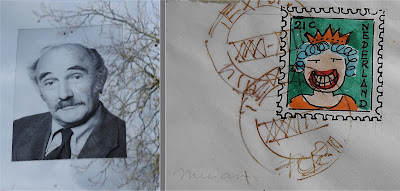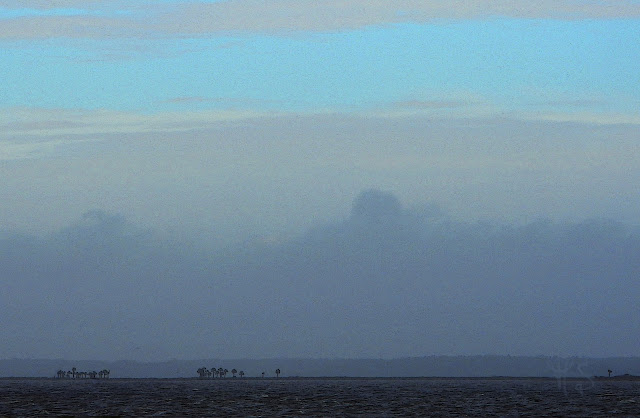The older I get, the more I realise, that my father had quite an influence on the interests I developed in my life. I'm talking about subjects such as nature, music, photography, creativity and beauty in general.
Of course, everyone in his or her own way is special and different from someone else. But some people seem to be more special than others (loosely to Orwell's Animal farm). I think that my dad was such a person.
He was creative, original, authoritarian, introvert, modest in his work, but a dandy in appearance. He had a special taste in music (such as Shostakovich and Weill), improvised on his violin, worked with enthusiasm in his own designed garden, loved my mother and spent endless hours drawing and painting in his spare time. By the way, he was completely self-taught.
For me as a young girl, it wasn't always easy, he was difficult to estimate and quite strict. But especially when I got much older, I discovered that he inspired me though.
As you can see, he used his drawing art and water color paintings in design jobs (fifties style) and artistic work. He also enjoyed using his talent for irony, such as creating fake stamps (or money ;-) and fantasy birds. His style varies from pointillistic to graphic and (sur)realistic.
All this in due memory of my father, who lived, as far as I know, an interesting and long life.

Nature fantasy

Triangles fun
Fantasy birds
The Buchstabenfresser and thistles
Design for our garden (with cute little pond)
Fantasy of printing house, my dad worked for
Endearing portrait of my brother and me ...
Still life
Old fashioned advertisement
 |
My favourite doll, little Richard |
A home on Texel I lived in with my family, long long time ago
My dad with slightly ironic smile and the fake stamp that sent the letter anyway ...






























































